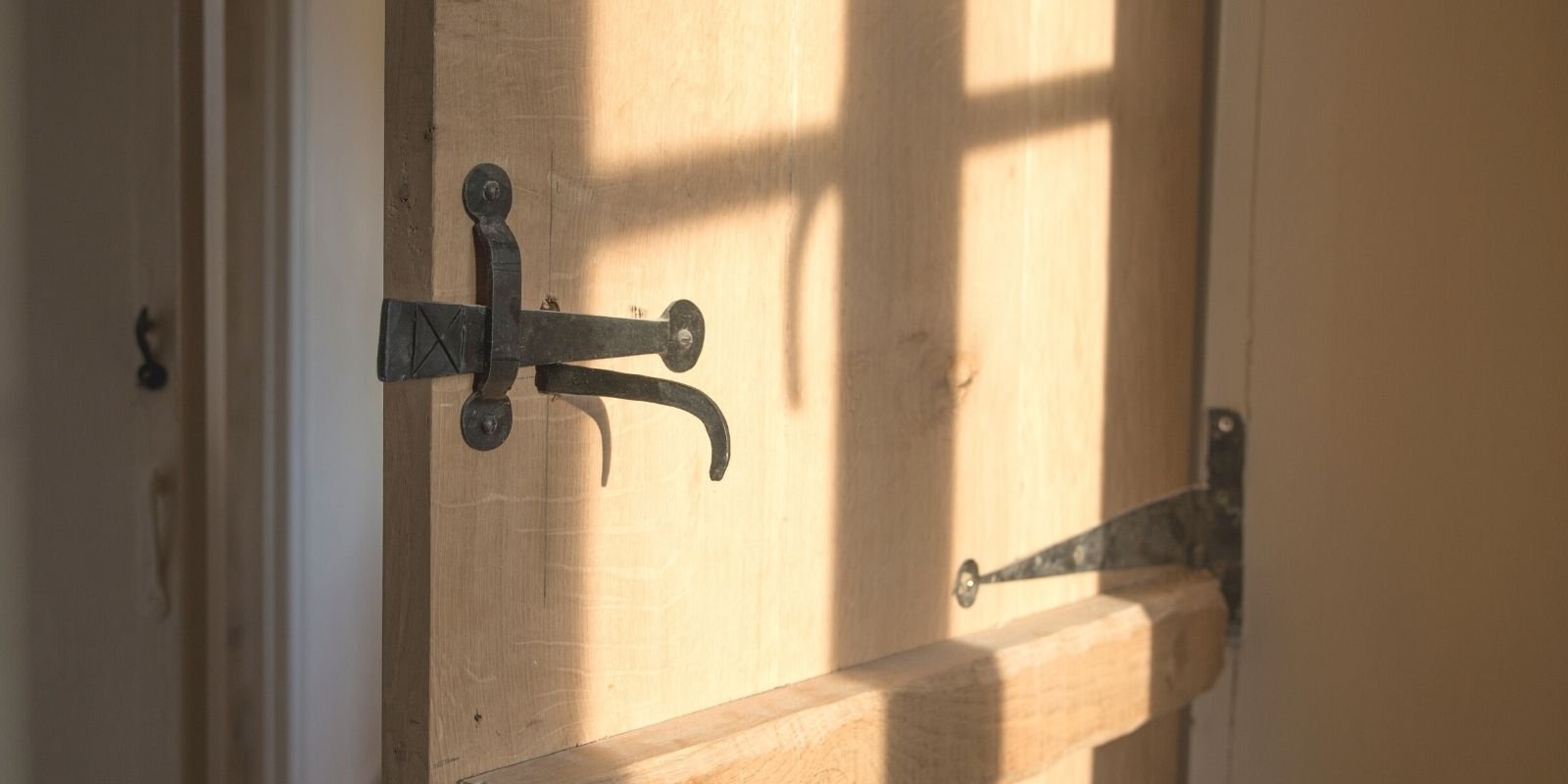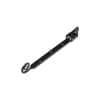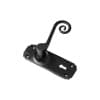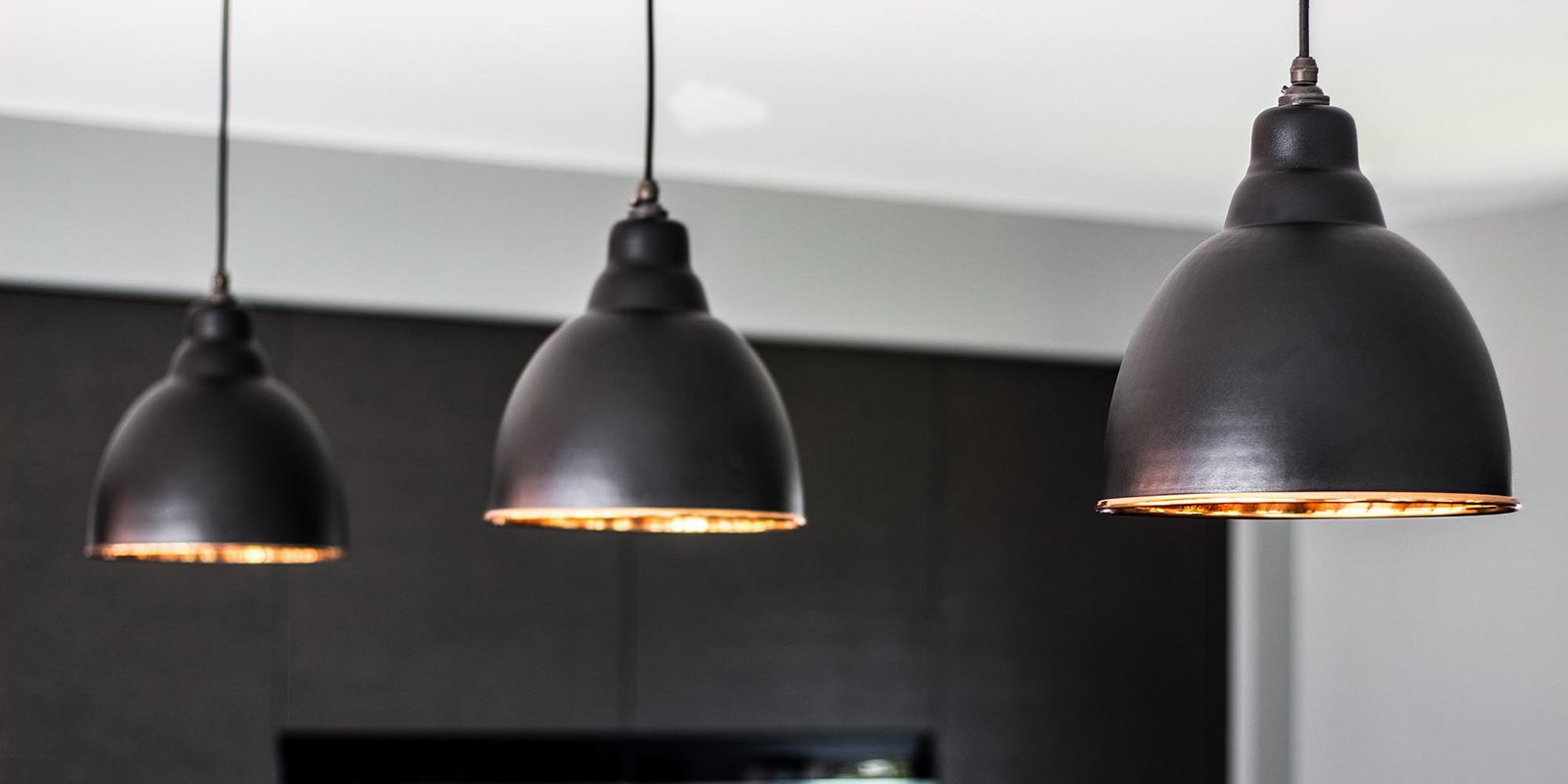A Comprehensive Guide to Tubular Latches
Table of Contents
- Introduction
- Definition of a Tubular Latch
- Parts of a Tubular Latch
- How a Tubular Latch Works
- Types of a Tubular Latch
- Trouble Shooting Common Problems
- Conclusion
Introduction
Today, we're going to talk about something that's a part of our everyday life but doesn't often get much attention: the Tubular Latch.
This post is designed to be a simple, straightforward guide to everything you need to know about the Tubular Latch. We'll start by explaining what a Tubular Latch is and then go into the different parts that make it up. We'll also discuss how it works and describe the various types you might come across.
And because we know that things can sometimes go wrong, we've included a handy section on troubleshooting common problems with your Tubular Latch.
Whether you're already familiar with Tubular Latches or just curious about how they work, we hope you'll find this post both interesting and useful.
Definition of a Tubular Latch
A tubular latch is a specific type of door hardware that is morticed, or built, into the edge of a door. Its primary function is to serve as a sprung catch compatible with various types of door handles such as doorknobs, lever-on rose handles or lever-on-plate handles.
A tubular latch houses two distinct springs within this simple yet ingenious design. One spring is responsible for dictating the resistance within the handle portion, while the second controls the return pressure of the catch portion. When we refer to a door 'latching', it means the door has successfully closed and is held securely in that position.
Tubular latches are versatile, with different length options available to suit various needs. The length of a latch is measured from the face of the latch to the opening of the mortice - a term we call the 'back-set.' The back-set determines how far the handle or door knob is positioned from the edge of the door. For instance, if you're using a doorknob, you would need a deeper back-set to prevent your knuckles from brushing against the door frame. Conversely, with lever handles, the back-set can be smaller as the lever naturally keeps your hand at a safe distance from the door surround.
Further customisation of tubular latches can be made according to the functionality required. For un-sprung handles or knobs, a heavy-duty latch would be necessary. In properties that require fire protection measures, you would need latches with a certified fire rating.
The visible components of a tubular latch are the for-ends and strikers. To maintain a coherent aesthetic, most suppliers offer these parts in a variety of colours and finishes, allowing you to match them with the base colour of your chosen handles.
Parts of a Tubular Latch
A tubular latch, despite its unassuming presence, is an intricate piece of hardware made up of four primary components. Understanding these parts not only unravels the complexity of the latch but also allows for better operation and maintenance.
Firstly, we have the for-end, which is the visible part of the latch that you see on the edge of the door. It comes in various finishes to seamlessly blend with your door handle colour.

Secondly, there's the striker, installed onto the door frame. This part can also be found in different colours, and sometimes comes with a dust box - a handy piece of black plastic designed to conceal any less-than-perfect cut-outs in the frame.
Thirdly, we find the fixing screws. Generally, four screws are supplied: two for the for-end and two for the striker.
Lastly, the heart of the mechanism is the tubular latch itself. This rectangular section is designed to be morticed into the edge of the door. It consists of an 8mm square mortice opening made to accommodate the mortice bar that connects the two handles or doorknobs. On either side of the latch, you might find a bolt-through connection opening. This feature is primarily for use with doorknobs or lever on rose handles, allowing a fine thread connection bolt to effectively clamp the two parts together in lieu of using screws. This is a practical solution, given that morticing the latch into the frame leaves a limited amount of timber to take the screws.
Inside the tubular latch, two separate springs are at work. The first spring at the mortice opening provides the necessary tension for the return spring. For un-sprung doorknobs and handles, we suggest opting for a heavy-duty latch. A second, softer spring is found at the latch's catch end. Its sole purpose is to engage with the recovery plate when the door is pushed closed, ensuring the door latches securely.

How a Tubular Latch Works
A tubular latch, in its simplest form, performs a very basic but vital function – it ensures that a door, once closed, stays that way. It's important to note that these latches do not offer a security function. Instead, they are typically utilised for internal doors, providing a reliable mechanism to maintain privacy or separate spaces.
The process begins with the tubular latch being morticed into the edge of the door, aligning with the position where the handle will be installed. Tubular latches are available in various lengths. This length, measured from the for-end to the mortice opening, is referred to as the back-set. The back-set determines how far the doorknob or lever handle sits from the edge of the door. As a general rule, if you're using a doorknob, a larger back-set is often preferred to prevent your knuckles from accidentally making contact with the door frame.
If you have un-sprung handles or doorknobs, a heavy-duty latch is an excellent option. It's designed to withstand the added pressure and use without compromising the latching function. Additionally, for those conscious of fire safety, fire-certified latches are also available. These latches have undergone rigorous testing and meet the required standards to provide an additional level of safety in the event of a fire.
In essence, the operation of a tubular latch is relatively simple, yet essential. It's a thoughtfully designed piece of hardware that, while often overlooked, plays a pivotal role in our daily lives by keeping our doors reliably closed.
Types of a Tubular Latch
Tubular latches, while fundamentally similar in their function, come in three primary variants to cater to different requirements and handle types.
First on the list is the heavy-duty tubular latch. These are specifically crafted for use with un-sprung lever handles and doorknobs. An un-sprung handle or knob does not have a built-in return spring in the actual handle or knob, meaning the latch must handle the return function. The heavy-duty latch, as its name suggests, is robust enough to do this job and sustain the extra workload.

Next, we have the basic soft spring latches. These are designed to work in tandem with sprung door handles, knobs, and lever-on-rose handles. As these handles come with an inbuilt spring mechanism, the latch doesn't need to bear the burden of the return function. This allows for a softer spring to be used in the latch, resulting in smoother and lighter operation.
An additional feature of these types of latches is the fire-rated option. Fire-rated latches have been tested and certified to withstand a certain degree of heat for a specified time, providing an additional layer of safety.
Lastly, one can choose the colour of the for-end and striker parts to ensure they match the handles' colour, maintaining a coherent and aesthetically pleasing look for your door.
Trouble Shooting Common Problems
While tubular latches are generally reliable and straightforward, there are a couple of common issues you may encounter during installation and usage. Addressing these problems promptly ensures the optimal functioning and longevity of your latch.
One of the most frequent mishaps is installing the latch upside down. This incorrect installation can lead to an unnatural direction of unlatching the door. For instance, if you stand in front of a door hinged on the right that opens towards you, it would naturally open when you turn the handle or knob to the right. If you find yourself having to turn the handle or knob to the left to open the door, the latch is likely fitted upside down.
The second issue you may face is a stiff or hard-to-operate catch. This issue usually arises due to imprecise fitting during installation. Ensuring careful alignment during the installation process is key to preventing this. Multiple minor misalignments can cumulatively result in a significant amount of friction, leading to an unwieldy latch. Taking the time and attention to ensure exact alignment from both sides of the door during installation can help avoid this problem.
Remember, you'll be living with this handle and latch for quite some time, so a little extra effort and attention during installation can result in years of seamless usage. By being aware of these common problems and taking the necessary precautions, you can ensure your tubular latch continues to work effectively and reliably.
Conclusion
In conclusion, a tubular latch might seem like a minor component in the grand scheme of a building's architecture, but its role in our daily lives is far from insignificant. It facilitates the simple act of closing a door and maintaining our privacy, an essential function we often take for granted.
Throughout this blog post, we've journeyed through the various aspects of a tubular latch, exploring its definition, the integral parts that make up its structure, the manner in which it operates, and the different types available to suit specific needs. We've also examined common problems and provided troubleshooting advice to ensure that your latch functions optimally.
Remember, the best latch is the one that suits your specific needs, whether it's heavy-duty, soft spring, or fire-rated, and is compatible with your chosen handles or knobs. A carefully chosen and properly installed tubular latch will serve you well for many years, providing peace of mind every time you close a door.
We hope this comprehensive guide serves as a handy resource as you delve into the world of tubular latches. Whether you're in the hardware business, a DIY enthusiast, or simply curious, remember: every small component, like a tubular latch, contributes to the overall harmony of a building.
Comments













.png?v=1689934265920&options=c_fill,w_2260,h_1280)
.png?v=1689934279221&options=c_fill,w_750,h_700)








